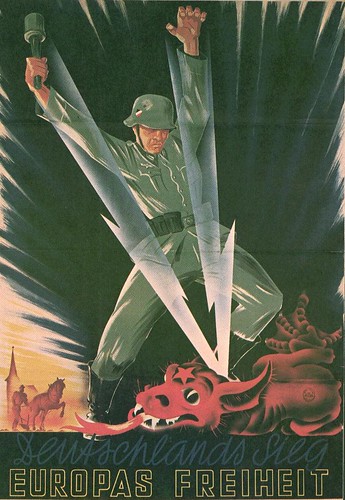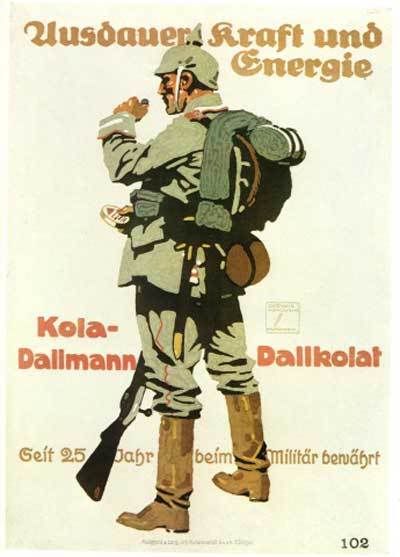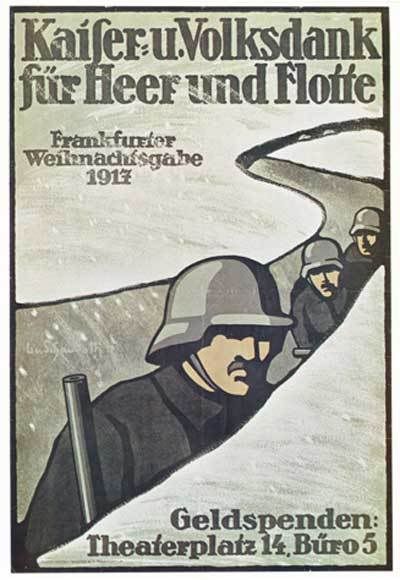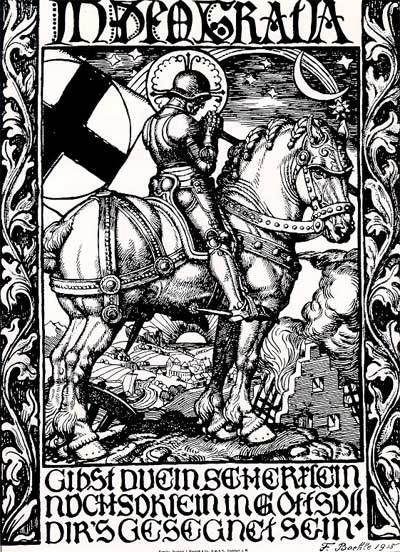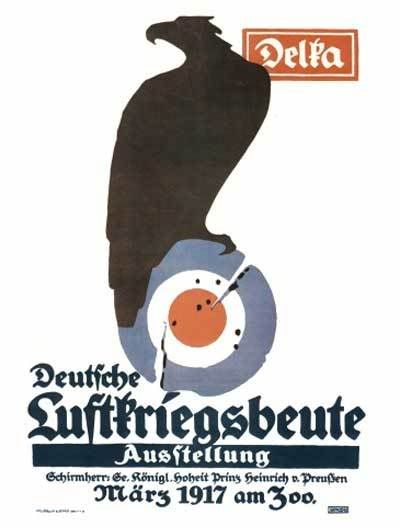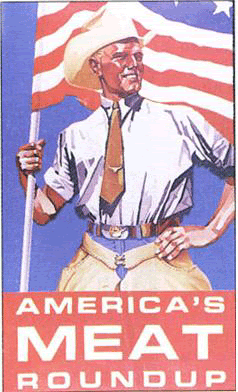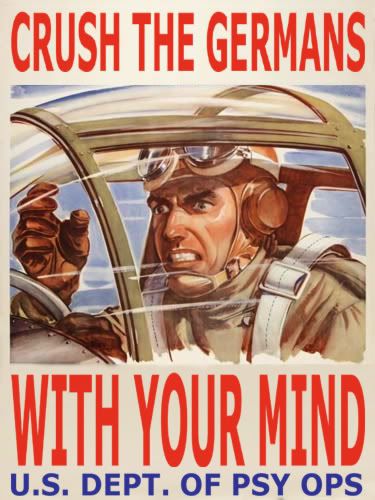In this digital age, people interact more with graphic design than in previous times. Navigating the Internet is quick and useful. Speed is important to today’s impatient users. Clear layouts are a must, and all elements should be easily located. Flashy graphics are fun, but can be unnecessary distractions. Websites are effective when they can acquire and hold attention, as well as provide the desired information. Ads on the side of a page, however, can use those graphics to entice one to click.
An icon could convey direction, but on the web it can take you there. One could merely adjust typography to indicate a link, but buttons are cooler and generally clearer. Of course, it must be evident that it is to be clicked. Making it look 3-D as if it were a real-life button to be pushed is helpful, as it brings the virtual world seemingly closer to familiar reality. Isotypes are still employed successfully, too. The simple house shape is universally recognized as the means for returning “home.” It is accompanied by the identifiable arrows indicating “back” and “forward.”
JL





































